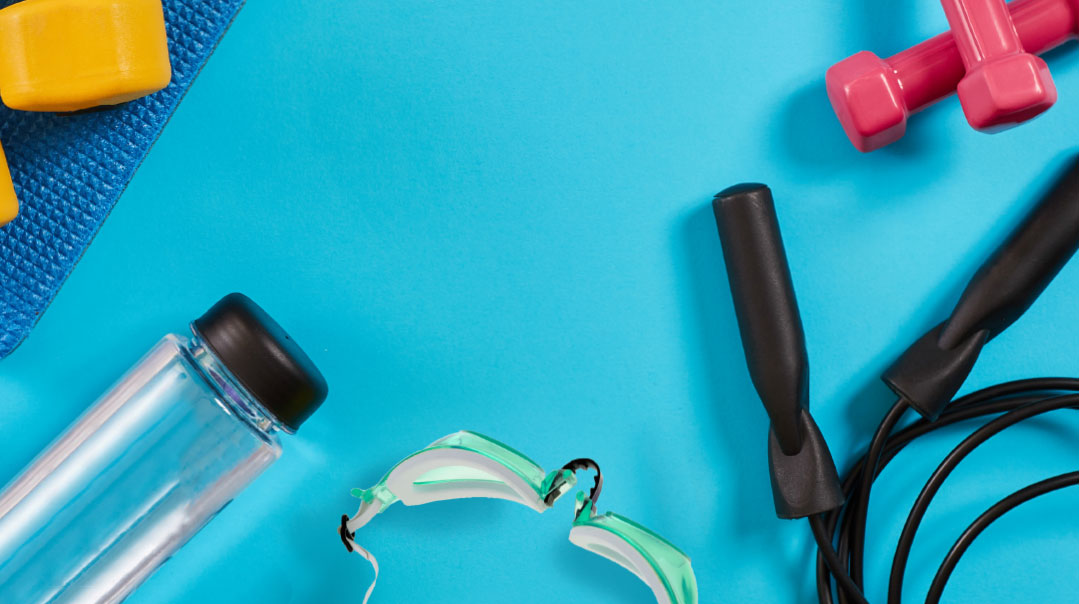So You’ve Always Loved… Movement

Meet five women who’ve found careers that keep them on their feet and in action

Fitness consultant and exercise instructor
Malkie (Raskas) Langer
Experience
$50-$150 per session
Average salaries in field
Salary range is highly variable. A good instructor can charge from $20-$25 per person for a group session, and personal training sessions can range from $50-$150 per session
What a fitness consultant does
I teach exercise — the whole gamut of fitness — and I’m also certified to do weight-management consulting, an added layer that helps me map out a complete healthy fitness regimen.
How I got into this
When I was 19, less than eight weeks before my wedding, I suffered a serious injury. The doctors said there was no way I’d walk down the aisle, and that I may never walk properly again.
I spent hours each day in a friend’s pool, and bli ayin hara, I defied all odds. That’s when I realized the incredible power of water. I decided then that I’d utilize my skill to help other people in the health and fitness arena.
After my wedding, we lived in Baltimore, and someone asked me to give exercise classes. I began teaching in someone’s home, giving classes three hours in a row, three nights a week, and they were packed. Women were just ecstatic!
From there, I opened a full-fledged studio in the JCC in Baltimore with another fitness consultant. Then, 23 years ago, I developed and trademarked a deep water workout called Aqua Tread. People think that working out in the water is for seniors, but Aqua Tread is a real boot camp workout. The Baltimore Sun described my workout as one of the most progressive workouts, and a popular magazine listed it in an article featuring six creative ways to burn fat.
Today, I live in Toronto, where I offer both group classes and one-on-one training.
Hitting the books
When I started teaching exercise, I wanted to be certified, and I wanted the top tier of certification, which was the American Council on Exercise (ACE). People think a fitness instructor just needs to look good and know how to move, but you need knowledge of the body and how it works, how to prevent injury. It’s a big responsibility.
You need to obtain 20 credits of continuing certification every two years, by completing exams or attending seminars. It’s gotten a lot easier to do this — now, you can take exams in fitness magazines and mail them in.
All in a day’s work
I minimize clients before 9 a.m., since I want that time for my family. Then, I may have a private client, and then a small group on either water or land. The number of clients I train has varied over the years from between 30 to 50 per week.
I also see clients for weight-management consultation. With generic diets, you usually see results — but they usually don’t last. You need to figure out what’s appropriate for each person, from a child to a nursing mom to a senior. Ideally, you should couple a personalized diet with a fitness regimen, burning calories with exercise.
There’s always preparation — finding music, choreographing classes, planning my next program. All the exercise is done to music, so I need to create playlists depending on the age group and background of the clients. I need to stay current and change things up so there’s always that element of freshness.
Of course, in between there’s administrative work. I get e-mails and phone calls throughout the day. I do all of my own bookkeeping. I may need time to formulate ads and take care of advertising.
Oops! We could not locate your form.













